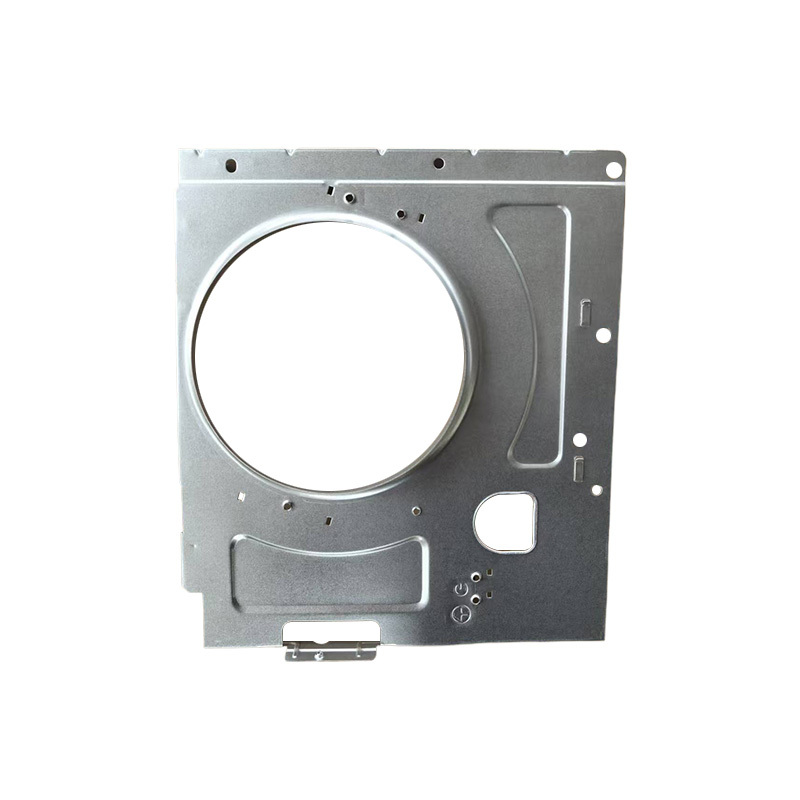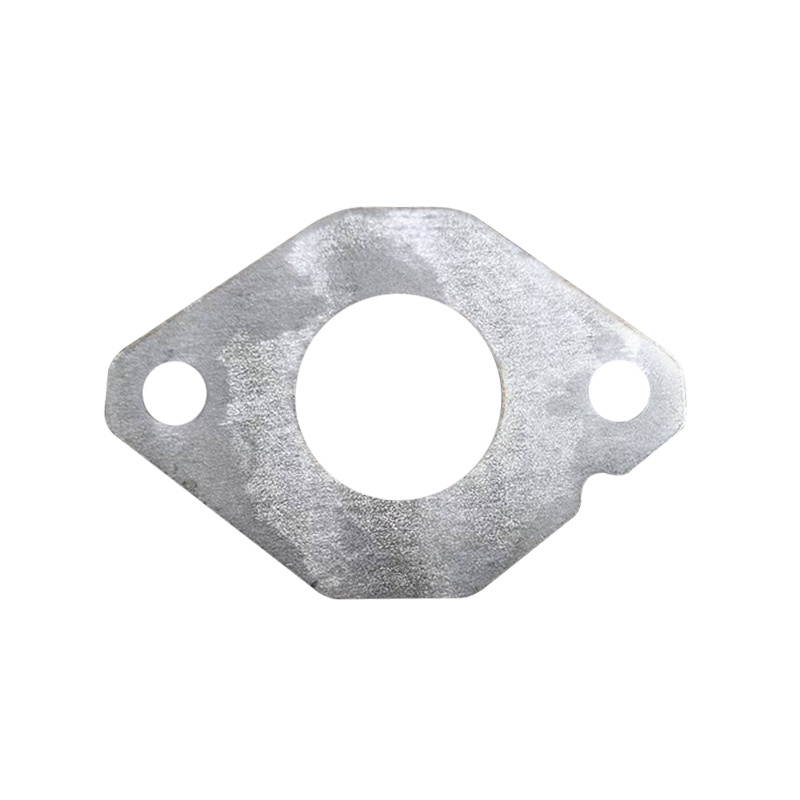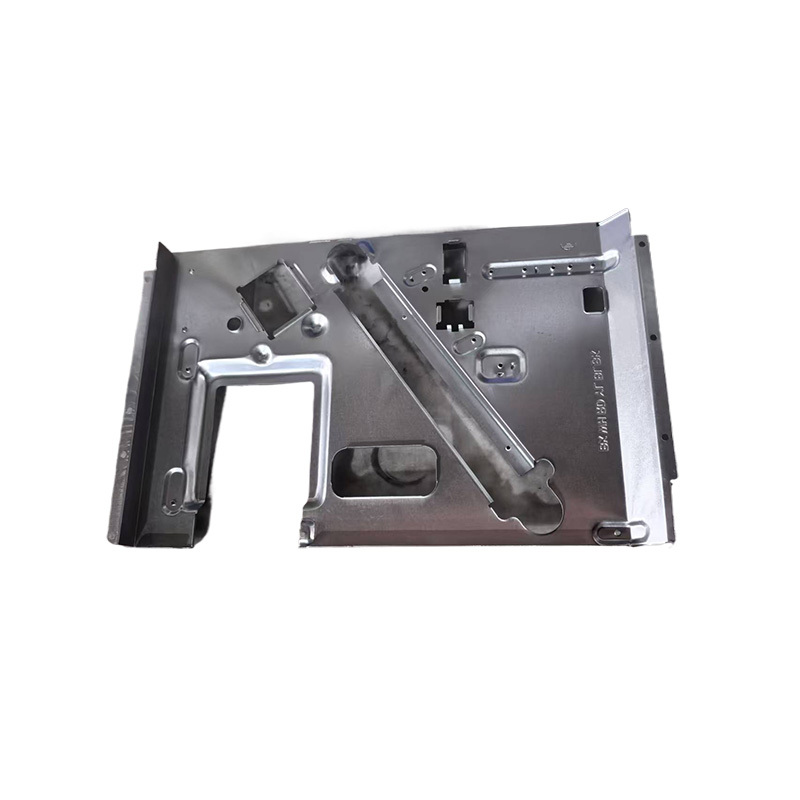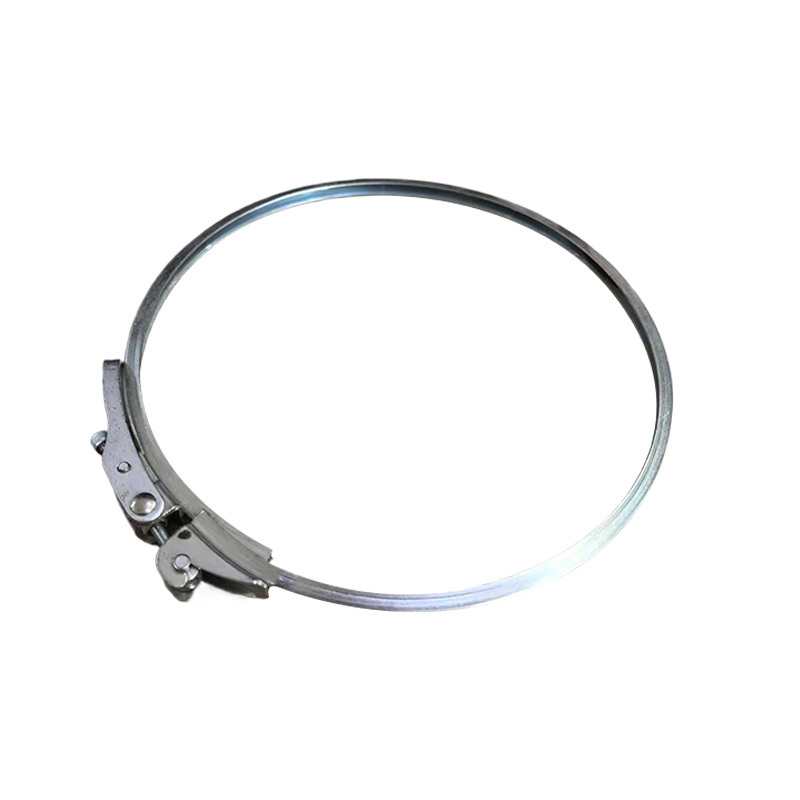Slide rail bracket
- Commodity name: Slide rail bracket
- Product Description
-
Definition and Purpose
The slide rail bracket is a device used for installing and supporting slide rails, designed to provide a stable attachment base for the slide rails, ensuring that they can perform their guiding and load-bearing functions for moving parts. It has a wide range of applications in various fields, such as in furniture, where items like drawers and cabinet doors achieve smooth sliding actions through installation on slide rails, with the slide rail bracket responsible for securing the slide rails to corresponding structures like cabinets; in industrial automation equipment, some components that require precise movement (such as the joints of robotic arms and sliding platforms of material handling devices) rely on slide rails for linear displacement, with the slide rail bracket ensuring the accurate and secure positioning of the slide rails to meet high precision requirements in production processes.
Structural Composition
Bracket Body:
Typically made from metal (such as steel or aluminum alloy) or high-strength plastic. Metal brackets have high strength and rigidity, capable of bearing large loads, commonly used in industrial equipment and furniture that requires high structural strength; for example, heavy-duty industrial machinery often uses steel for slide rail brackets. Aluminum alloy is relatively lightweight yet has certain strength, making it suitable for situations where weight control is necessary, such as in some smart home products where drawer slide rail brackets are used. Plastic brackets are lower in cost, corrosion-resistant, and can meet usage requirements in some lightweight applications, commonly found in ordinary household small drawer slide rail installations.
Their shapes vary according to specific application scenarios and the types of slide rails they are paired with, commonly including L-shaped, U-shaped, flat plate, and frame types. L-shaped brackets are convenient for fixing one side to the installation plane while securing the other side to the slide rail, suitable for situations like wall-mounted drawers; U-shaped brackets can wrap around the sides and bottom of the slide rail for more secure installation, often used in scenarios requiring resistance to significant lateral forces; flat plate brackets are mostly used to lay flat and secure the slide rail through bolts or similar methods, applied in scenarios needing precise positioning with good flat mounting conditions; frame-type brackets generally consist of multiple rods providing all-around support, commonly used in the installation of large industrial slide rails to ensure stability under complex stress conditions.
Connecting Components:
Includes various forms such as bolts, nuts, clips, rivets, etc. The bolt and nut connection is the most common and reliable method. By drilling corresponding installation holes in the bracket body and installation plane (such as cabinet side panels or equipment frames) as well as on the slide rail, bolts can be passed through and nuts tightened to achieve fixation. This connection method is suitable for situations requiring high stability and long-term bearing of large loads and is widely used in industrial fields. Clip connections are simple and quick to operate; installation can be completed by pressing or snapping into place, making it easy to install and disassemble. In household furniture, some lightweight slide rail brackets use clip connections to allow users to assemble and maintain them easily; however, their load-bearing capacity is relatively limited. Rivet connections are often used in situations where connection strength is required but frequent disassembly is not expected, such as some slide rail brackets fixed to metal cabinets. Using rivets can make connections tighter and prevent loosening.
In addition, some slide rail brackets may also be equipped with special connecting accessories such as washers or spring washers. Washers can increase the contact area at connection points, distribute pressure, and prevent damage to the mounting surface due to excessive localized stress; spring washers can prevent loosening under external forces like vibrations by ensuring tightness of connections.
Adjustment Devices (some equipped):
Some more precise or multifunctional slide rail brackets come with adjustment devices for fine-tuning the position or angle of the slide rails. Common adjustment methods include screw adjustment and slider adjustment. Screw adjustment changes the height, horizontal position, or angle of the bracket by rotating a screw; for example, in some industrial automation equipment requiring precise alignment, screw adjustment can help achieve an ideal installation position for the slide rail to ensure moving parts run along an accurate trajectory. Slider adjustment involves moving a sliding block within specific tracks or slots to adjust the position of the slide rail; this operation is relatively simple and intuitive, often used in situations where high adjustment precision is not particularly required. For instance, some home drawer slide rail brackets can use slider adjustments to compensate for dimensional deviations that occur during cabinet manufacturing processes, allowing smoother sliding of drawers.
Key words:
Product inquiry
If you are interested in our products, please leave your email, we will contact you as soon as possible, thank you!
Related Products
OEM
From precise design drawings, to rigorous production processes, to strict quality testing, we always uphold the spirit of ingenuity, the pursuit of every detail of the perfect. Our team has a wealth of industry experience and technical strength, according to your specific needs, to provide personalized customized services, to ensure that each product can meet your expectations.











